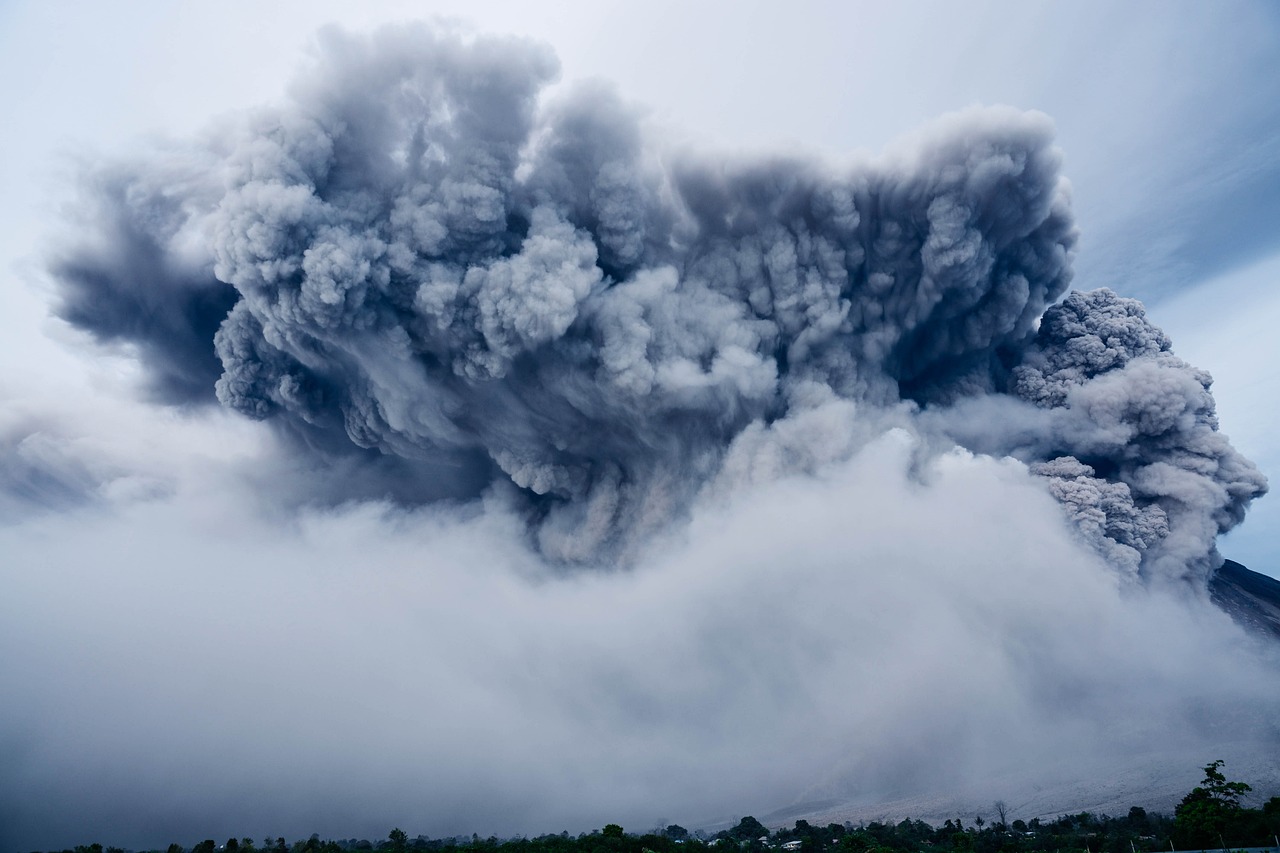In 536 CE, a catastrophic event unfolded that cast a shadow over the entire Mediterranean region during the Middle Ages. According to Procopius, a Byzantine historian, the sun was shrouded in a thick fog that blanketed the skies, plunging the world into a year of chilling darkness. This phenomenon marked the onset of one of history’s most devastating disease pandemics: the Plague of Justinian.
The Plague of Justinian, fueled by the darkness and cold, swept through the Byzantine Empire like wildfire, claiming the lives of an estimated 25 million people in a single year. The consequences of the plague were profound, leading to widespread suffering and death across the empire.
But the impact didn’t end there. Over the next two centuries, the plague continued its deadly rampage, leaving a trail of devastation in its wake. By the time the pandemic finally subsided, approximately 50 million lives had been lost, making it one of the deadliest pandemics in human history.
This period of darkness and disease had far-reaching consequences, reshaping societies and leaving a lasting imprint on the course of history. It serves as a stark reminder of the fragility of human existence and the profound impact that natural disasters can have on civilizations.

For centuries, the source of the mysterious volcanic haze that engulfed the world in darkness during the middle of the 6th century remained a puzzle. However, recent research sheds new light on this ancient enigma.
In 2018, scientists proposed that the eruption was responsible for the haze that occurred in Iceland. But here’s the twist: to account for the significant cooling observed, experts believe that an even larger eruption must have occurred around 539 C.E. This eruption would have unleashed massive amounts of volcanic ash and gases into the atmosphere, further exacerbating the atmospheric disturbances.
Geologists have turned to ice core samples extracted from Greenland and Antarctica to uncover clues about the eruption’s location. Researchers have narrowed down potential candidates for the volcanic source by analyzing sulfuric signals trapped within the ice layers. Among them are volcanoes situated along the equator, including Tavurvur in Papua New Guinea, Ilopango in El Salvador, and Krakatau in Indonesia.
The search for the precise location of the eruption continues, driven by the quest to understand the events that plunged the world into darkness and changed the course of history. Unraveling this mystery not only sheds light on past geological events but also provides valuable insights into the potential impacts of volcanic activity on our planet’s climate and environment.
Avid Writer with invaluable knowledge of Humanity!
Upcoming historian with over 30 million views online.
“You make your own life.”





